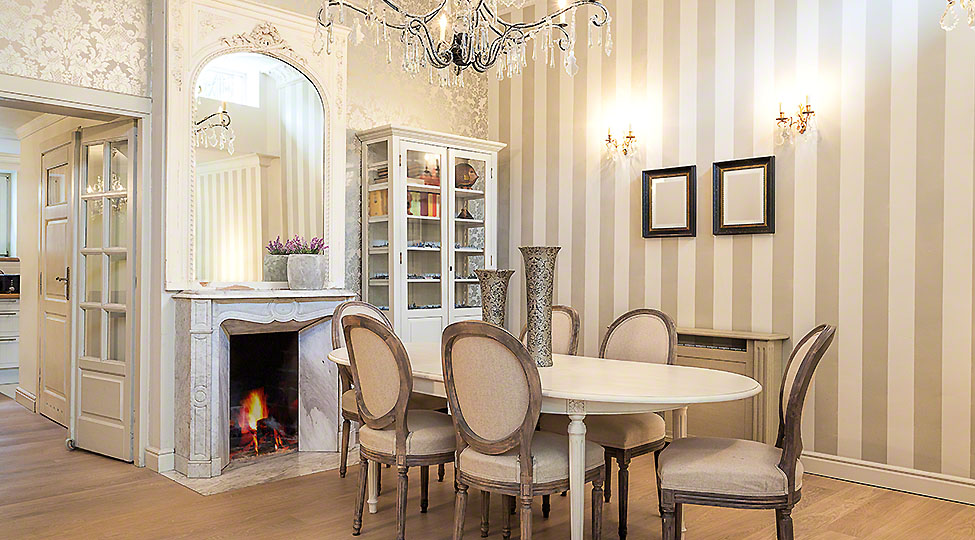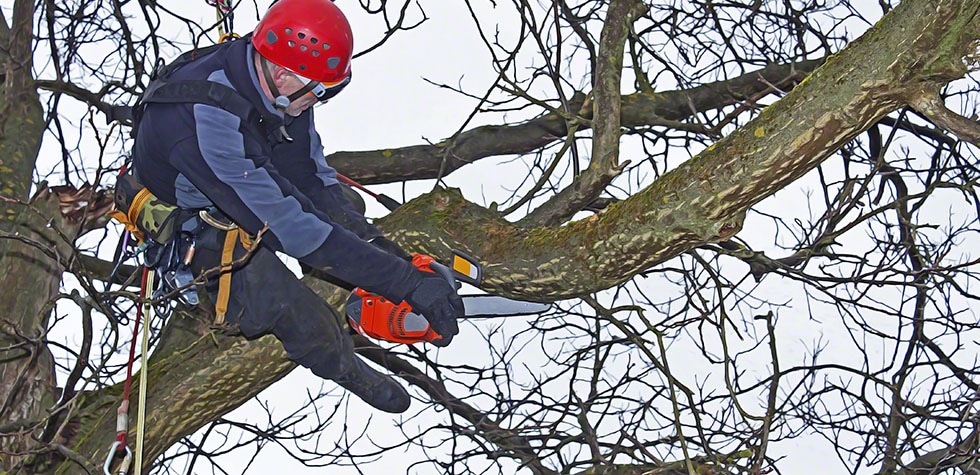Antique rugs originate from various cultures worldwide, each reflecting the unique history and lifestyle of its creators. These rugs serve as tangible artifacts of cultural heritage, embodying the traditions and artistic expressions of diverse communities across different regions.
Persian Rugs: Exquisite Craftsmanship from Iran
Persian rugs, renowned for their opulent designs and superior craftsmanship, hail from Iran. Crafted with meticulous attention to detail, these rugs feature intricate motifs and vibrant hues that signify elements of Persian culture and symbolism. From the floral elegance of Qum silk rugs to the geometric precision of Tabriz designs, Persian rugs epitomize the rich tapestry of Iran’s artistic legacy.
Turkish Rugs: Timeless Elegance and Durability
Turkey’s centuries-old tradition of rug weaving yields Turkish rugs, prized for their enduring quality and timeless beauty. Infused with geometric patterns and bold colors, Turkish rugs showcase the artistic prowess passed down through generations. Utilizing durable wool fibers, these rugs not only adorn living spaces but also stand the test of time as cherished heirlooms.
Caucasian Rugs: Bold Geometric Designs of the Caucasus
Caucasian rugs, originating from the region between the Black Sea and the Caspian Sea, captivate with their bold geometric patterns and vibrant color palettes. Crafted with precision and skill, these rugs convey the cultural identity and artistic heritage of the Caucasus peoples. Despite their smaller size, Caucasian rugs exude a powerful aesthetic appeal and are revered for their exceptional craftsmanship.
Moroccan Rugs: Rustic Charm and Natural Beauty
Moroccan rugs, characterized by their rustic textures and earthy tones, embody the essence of North African craftsmanship. Woven with locally sourced wool using traditional rugs Virginia techniques, these rugs exude a rustic charm that complements various interior styles. With their minimalist designs and natural dyes, Moroccan rugs offer both durability and aesthetic allure.
Chinese Rugs: Intricate Motifs and Symbolism
Chinese rugs boast a rich tapestry of symbolic motifs and intricate designs that reflect the country’s cultural heritage. Embellished with auspicious symbols like dragons and phoenixes, these rugs convey profound meanings and centuries-old traditions. Crafted with meticulous care and attention to detail, Chinese rugs are prized for their artistic significance and cultural symbolism.
Tibetan Rugs: Spiritual Symbols and Highland Craftsmanship
Tibetan rugs, steeped in Buddhist symbolism and spiritual significance, showcase the unique craftsmanship of the Tibetan plateau. Adorned with meditative symbols and intricate patterns, these rugs serve as spiritual artifacts and cultural treasures. Woven with highland sheep wool, Tibetan rugs combine durability with aesthetic appeal, making them revered artifacts in Tibetan culture.
Indian Rugs: Fusion of Persian Elegance and Indian Artistry
Indian rugs, influenced by Persian designs and Indian artistry, exhibit a fusion of diverse patterns and vibrant colors. From the intricate floral motifs of Agra rugs to the lush botanical designs of Kashmiri carpets, Indian rugs showcase the country’s rich cultural heritage and artistic diversity. Crafted with fine materials like silk and cotton, Indian rugs exude elegance and sophistication.
Navajo Rugs: Symbolic Geometry and Native American Tradition
Navajo rugs, steeped in Native American tradition and symbolism, feature intricate geometric patterns and vibrant color schemes. Woven with wool from Churro sheep, these rugs embody the artistic legacy of the Navajo people. With their symbolic motifs and cultural significance, Navajo rugs serve as cherished artifacts of Native American heritage.
The Evolution of Rug Weaving Techniques
Throughout history, the art of rug weaving has evolved alongside advancements in technology, trade, and cultural exchange. Early civilizations used rudimentary looms and natural fibers to create simple designs, gradually refining their techniques over time. As societies developed, so did their rug-making methods, leading to innovations in dyeing, knotting, and pattern creation. Exploring the evolution of rug weaving techniques offers insights into the cultural and technological dynamics that shaped the development of antique rugs across different civilizations.
The Influence of Trade Routes on Rug Design
Trade routes played a significant role in the spread of rug-making techniques and designs across continents. The Silk Road, for instance, facilitated the exchange of goods and ideas between East and West, leading to the dissemination of Persian, Chinese, and Central Asian rug designs to distant lands. Similarly, maritime trade routes connected the Mediterranean with North Africa, influencing the development of Moroccan and Turkish rug styles. Examining the influence of trade routes on rug design sheds light on the interconnectedness of global cultures and the rich tapestry of influences that inform antique rug aesthetics.
Rug Restoration and Preservation Techniques
Preserving antique rugs requires specialized knowledge and techniques to ensure their longevity and beauty. Rug restoration experts employ meticulous methods to repair damage, stabilize delicate fibers, and rejuvenate faded colors.
From reweaving missing sections to cleaning and mothproofing, these restoration techniques aim to protect the integrity of antique rugs while honoring their historical significance. Understanding the intricacies of rug restoration and preservation is essential for safeguarding these valuable cultural artifacts for future generations to enjoy.
The Role of Antique Rugs in Interior Design Trends
Antique rugs play a pivotal role in shaping contemporary interior design trends, adding a touch of elegance, warmth, and character to modern living spaces. Designers and homeowners alike incorporate area rugs into their interiors to create eclectic, layered looks that blend historical charm with contemporary style.
From bohemian-inspired rooms adorned with vibrant kilims to minimalist interiors anchored by Persian carpets, antique rugs lend versatility and sophistication to a wide range of design aesthetics. Exploring the role of antique rugs in interior design trends offers insights into their enduring appeal and timeless allure in today’s homes.
The Symbolism of Rug Patterns and Motifs
Across cultures, rug patterns and motifs often hold deep symbolic significance, reflecting the values, beliefs, and cultural identity of the communities that create them. From geometric shapes to floral motifs and intricate medallions, each design element carries layers of meaning and cultural context.
For example, in Persian rugs, the depiction of animals like birds and lions symbolizes strength, wisdom, and protection, while geometric patterns represent harmony and unity. Similarly, in Tibetan rugs, the inclusion of auspicious symbols like the endless knot signifies eternal life and interconnectedness.
Conclusion
Antique rugs stand as timeless artifacts that bridge the past with the present, offering glimpses into the artistry, history, and cultural heritage of diverse civilizations. Moreover, the evolution of rug weaving techniques, the influence of trade routes on design, and the importance of rug restoration and preservation techniques underscore the enduring legacy of antique rugs in global culture.
From the intricate designs of Persian carpets to the geometric precision of Navajo rugs, each antique rug tells a story of craftsmanship, tradition, and human creativity. By exploring the types of rugs across different cultures, such as Persian rugs VA, we gain a deeper appreciation for these treasures of the past.



